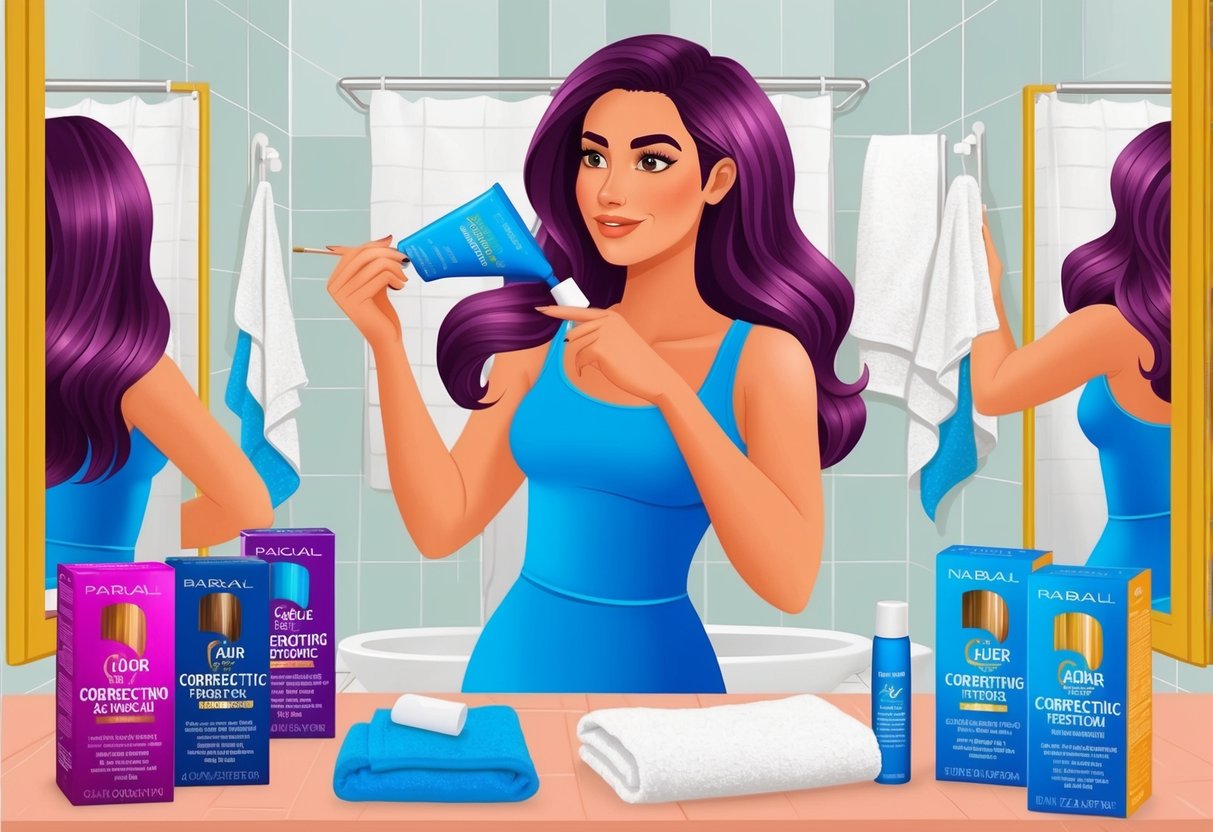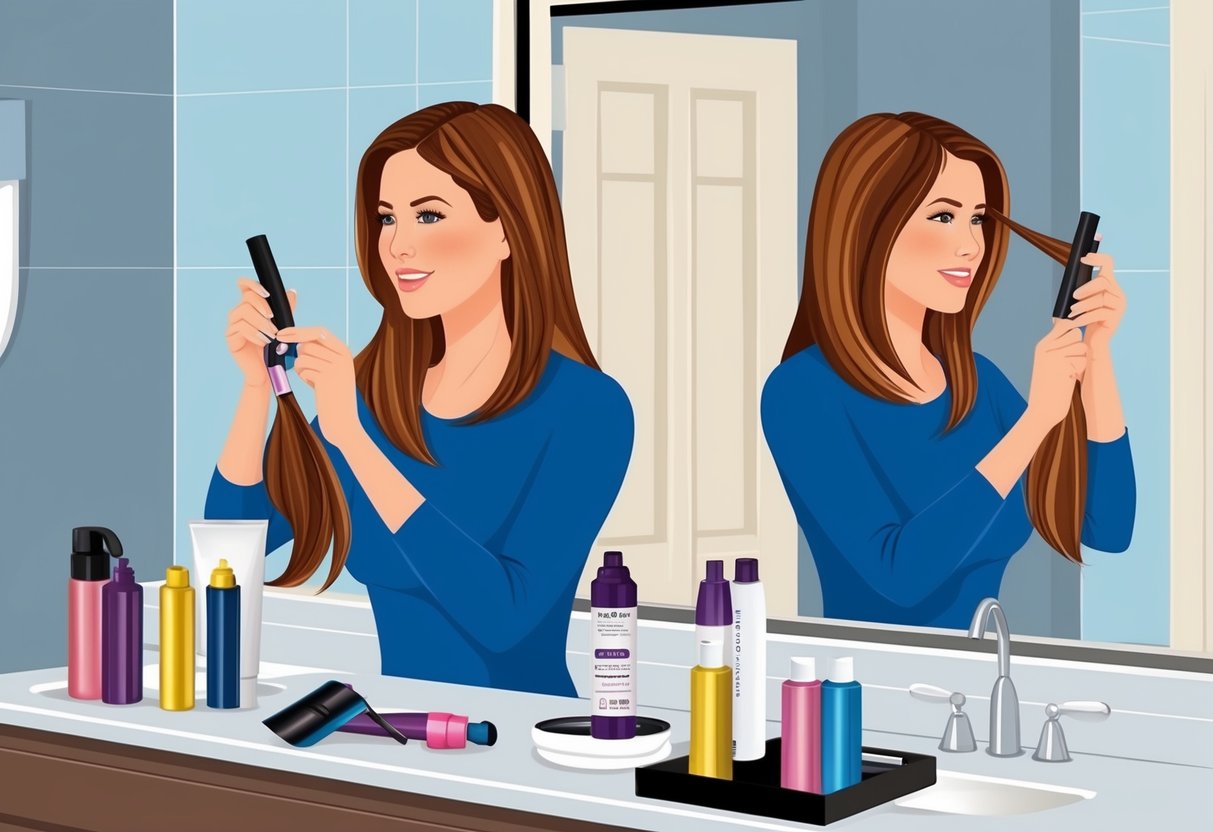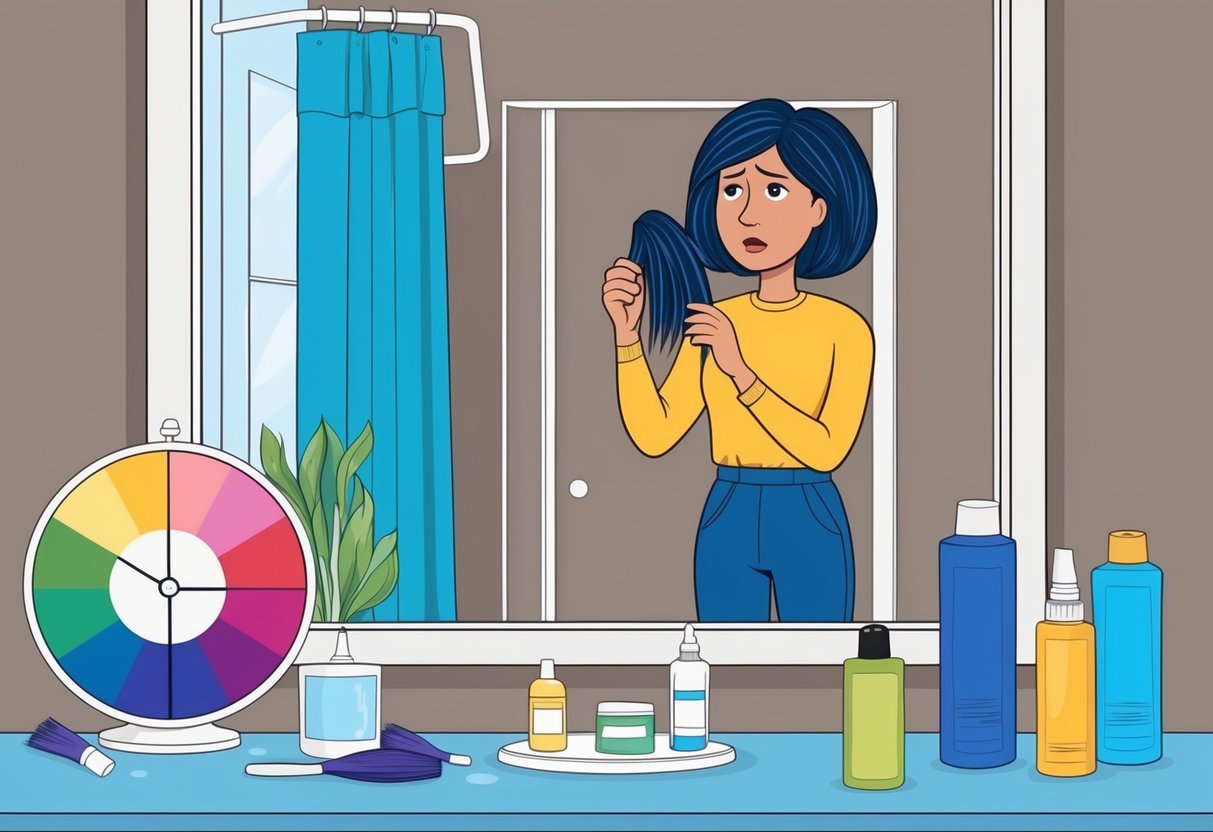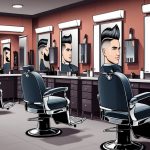
DIY Balayage and Advanced Techniques

Correcting balayage or other advanced color techniques at home requires careful assessment and the right supplies.
Paying close attention to placement and blending helps avoid harsh lines, uneven lightening, or patchy results.
Touching Up Balayage Mistakes
If balayage highlights appear too brassy or uneven, a toner may help correct unwanted hues.
Use a gentle, demi-permanent toner to neutralize brassiness or ash out yellow tones.
Select a shade that matches the desired undertone: violet-based toners for yellow and blue-based shampoos for orange.
For noticeable streaks or harsh lines, a color-depositing hair mask can soften the effect and add dimension.
Apply the mask in a sweeping motion from the midlengths to the ends, mimicking the natural movement of balayage.
Always section the hair and use a light hand to blend, as over-applying can create new uneven patches.
A strand test is essential before any correction.
This step prevents drastic color shifts and gives a preview of how the hair will react.
Consulting a virtual or remote colorist can help with shade selection and technique.
Achieving Natural-Looking Color
Achieving a natural balayage effect at home is possible by focusing on subtlety and blend.
Section the hair into small, manageable pieces and use a clean brush to apply lightener in thin, feathered strokes.
Concentrate product on the midlengths and ends, keeping the roots untouched for a seamless transition.
Key Steps for Seamless Blending:
- Use a wide-tooth comb to soften lines after applying the lightener.
- Alternate between two shades for dimension.
- Check processing frequently and rinse when the desired lift is achieved.
Patience and attention to detail create soft, sun-kissed results.
Applying a color-depositing mask after lightening adds shine and depth, helping to replicate outcomes seen in a salon.
For more expert guidance, consider resources that discuss balayage color correction at home.
When to Seek Professional Help

Some hair color mistakes can be managed at home.
Major chemical errors, excessive damage, or highly uneven results may require expert intervention.
Knowing when to consult a professional colorist or hairdresser can prevent further harm and protect the long-term health of your hair.
Recognizing Damage Beyond Repair
Signs of severe chemical damage include hair that feels gummy, mushy, or extremely fragile when wet.
Breakage, split ends, and extreme dryness might mean the hair’s cuticle has been compromised beyond what deep conditioning can repair.
Unexpected colors—such as green, blue, or orange tints that follow bleach—are rarely fixed with at-home remedies.
Patchy, banded, or streaky results that remain after a toner or color mask are also cause for concern.
If a scalp reaction occurs, such as burning or sores, immediate help from a licensed professional is recommended rather than trying another chemical process at home.
Permanent hair color changes, especially after repeated box dye or bleach attempts, often need the experience and tools of a skilled colorist.
These experts use professional-grade treatments and techniques designed to restore structure and even out tones safely, as explained in guides from L’Oréal Paris and Bronde Blvd Salon.
What to Expect from a Professional Colorist
A professional hairdresser will begin with a thorough consultation, assessing the condition, texture, and elasticity of the hair before suggesting a color correction approach.
They use advanced tools such as strand tests, custom-mixed toners, and conditioning treatments.
Colorists may recommend a multi-session plan if hair is severely compromised, as rushing the correction could result in even more damage.
Typical steps include clarifying washes, gentle color removers, and bond-strengthening treatments to minimize breakage and restore vibrancy.
During correction, the salon environment offers better control over application and processing.
You’ll receive tailored advice on aftercare, regular trims, and ways to maintain new color safely.
These methods reduce further risk and are far more effective than repeating drugstore box dyes, as emphasized in expert tips from Real Simple and Madison Reed.



